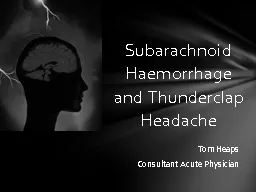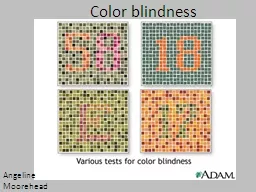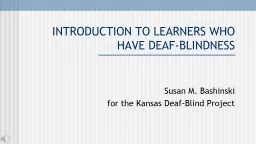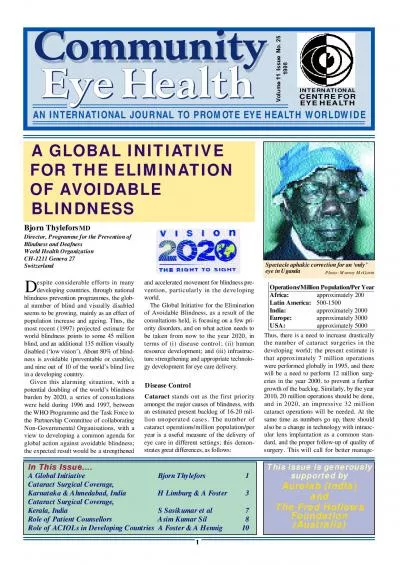PDF-Thunderclap Headache with Bilateral Blindness A Rare Presentation of
Author : daniella | Published Date : 2022-10-13
1 Idiopathic intracranial hypertension IIH is known to present with thunderclap headache transient visual obscurations and tinnitus Here we report a case of idiopathic
Presentation Embed Code
Download Presentation
Download Presentation The PPT/PDF document "Thunderclap Headache with Bilateral Blin..." is the property of its rightful owner. Permission is granted to download and print the materials on this website for personal, non-commercial use only, and to display it on your personal computer provided you do not modify the materials and that you retain all copyright notices contained in the materials. By downloading content from our website, you accept the terms of this agreement.
Thunderclap Headache with Bilateral Blindness A Rare Presentation of: Transcript
Download Rules Of Document
"Thunderclap Headache with Bilateral Blindness A Rare Presentation of"The content belongs to its owner. You may download and print it for personal use, without modification, and keep all copyright notices. By downloading, you agree to these terms.
Related Documents














